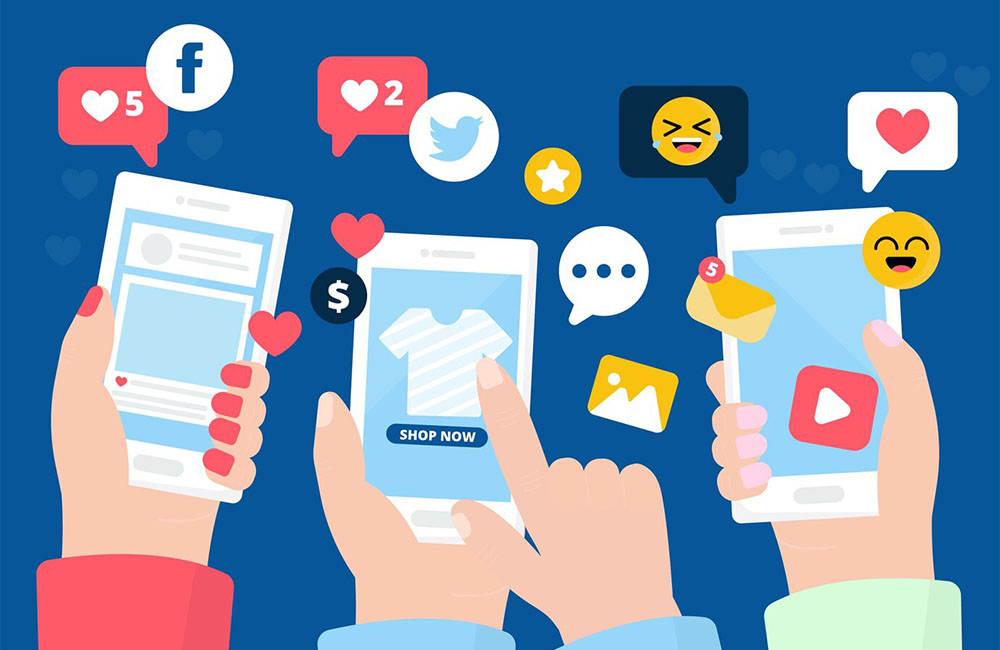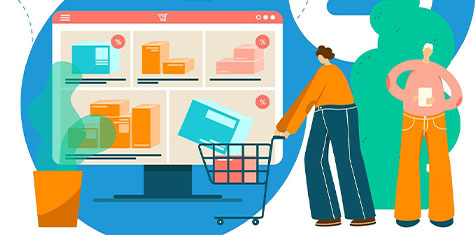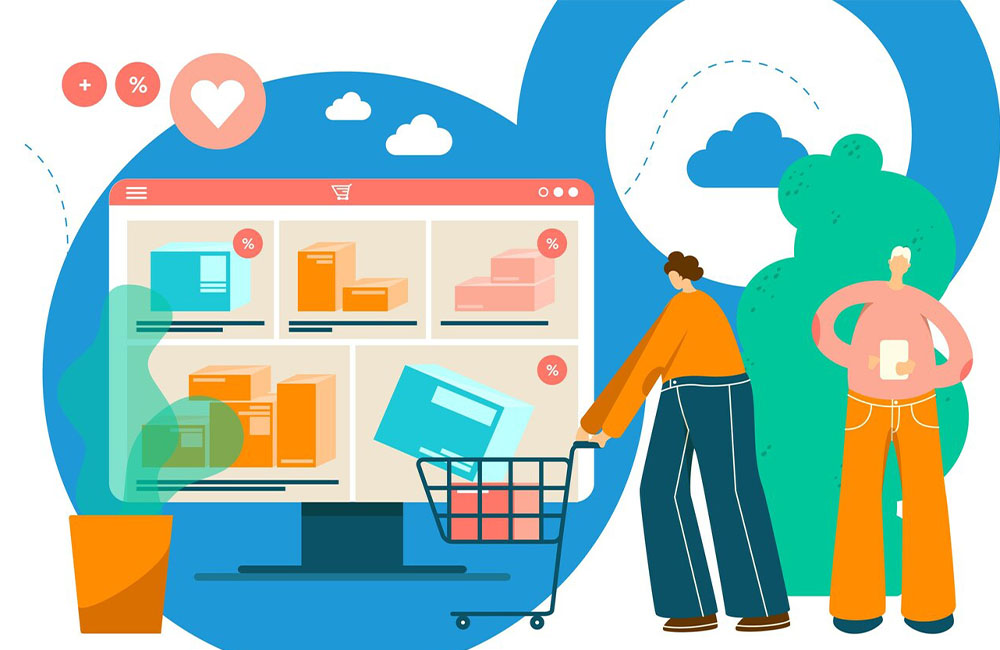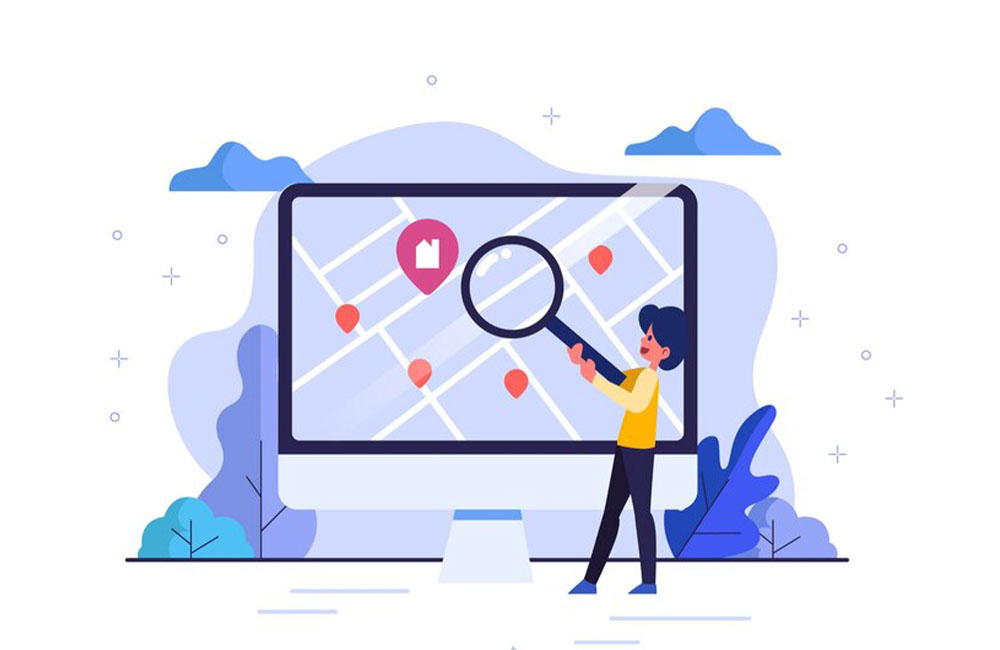Having an online presence for businesses is no longer an option; it is more of a requirement these days. Social media is used by businesses of all sizes to increase their online presence, get followers, and communicate with their target consumers. With this, it is safe to assume that you will no longer find any business these days that are not on social media.
However, whether you’re just getting started or a seasoned veteran, there’s always room for growth. So, here are 4 easy reminders to help you boost your social media game and market your brand successfully.

Cross-Channel Marketing Automation: Orchestrating a Flawless Performance Across Platforms
- June 5, 2024
In today’s digital age, consumers navigate a complex web of touchpoints. They might research a product on their phone, compare prices on a laptop, and ultimately make a purchase on a tablet. To reach these multi-device users, marketers need a sophisticated approach – cross-channel marketing automation.
This powerful strategy utilizes technology to deliver seamless, personalized marketing messages across various channels, nurturing leads and driving conversions across the customer journey.
Why Automate Your Cross-Channel Marketing?
Here’s why cross-channel marketing automation is a game-changer for modern marketers:
Effortless Campaign Management: Automate repetitive tasks like email triggers, social media posting, and ad delivery, freeing up time for strategic planning and creative development.
Personalized Customer Experiences: Deliver targeted messages based on user behavior and preferences across different channels, fostering deeper engagement.
Improved Efficiency and Scalability: Automate workflows to manage complex campaigns efficiently, even as your target audience grows.
Measurable Results: Track and analyze campaign performance across channels to gain valuable insights and optimize your strategies for better results.
Omnichannel Customer Journey: Create a unified customer journey by orchestrating consistent messaging across all touchpoints, from initial brand awareness to post-purchase engagement.
How Cross-Channel Marketing Automation Works
Here’s a breakdown of the key elements:
Marketing Automation Platform (MAP): This software acts as your central hub, integrating data from various channels and automating marketing tasks.
Customer Data Platform (CDP): A CDP unifies customer data from multiple sources, providing a holistic view of each customer’s interactions with your brand.
Omnichannel Marketing Channels: This includes email marketing, social media platforms, SMS messaging, push notifications, website personalization, and more.
Automated Workflows: Define workflows that trigger specific marketing actions based on customer behavior or pre-defined campaign timelines.
Personalization Triggers: Personalize messages based on demographics, purchase history, website behavior, and other relevant data points.
Examples of Cross-Channel Marketing Automation in Action
Here are some practical examples of how automation can streamline cross-channel marketing:
Welcome Email Series: Automatically send a series of welcome emails to new subscribers, introducing your brand and showcasing relevant products or services.
Abandoned Cart Reminders: Trigger automated emails reminding customers about abandoned carts and incentivize them to complete their purchase.
Post-Purchase Follow-Up: Send automated emails with post-purchase instructions, thank you messages, or recommendations for complementary products.
Triggered Behavioral Emails: Based on website behavior, send automated emails with personalized offers or content relevant to a user’s browsing activity.
Social Media Retargeting: Retarget website visitors with relevant ads on social media platforms, reminding them of your brand and enticing them to convert.
Getting Started with Cross-Channel Marketing Automation
Here are some steps to take your first steps:
Define Your Marketing Goals: Identify your key marketing objectives – brand awareness, lead generation, customer acquisition, or retention.
Map the Customer Journey: Visualize how your target audience interacts with your brand across different touchpoints.
Choose the Right Marketing Automation Platform: Select a platform that integrates with your existing marketing tools and CRM system.
Segment Your Audience: Divide your audience into distinct groups based on demographics, interests, and behaviors to personalize your marketing messages.
Develop Engaging Content: Create high-quality content tailored for each channel and stage of the customer journey.
Track and Analyze Performance: Monitor key metrics across channels and continuously refine your automated workflows for optimal results.
By implementing cross-channel marketing automation effectively, you can streamline your marketing efforts, deliver a seamless customer experience, and ultimately achieve your marketing goals with greater efficiency and impact. Remember, successful automation requires a strategic approach, high-quality content, and a commitment to data-driven optimization.
Related articles
Contrary to popular belief, Lorem Ipsum is not simply random text. It has roots in a piece of classical Latin literature from 45 BC, making it over 2000 years old.


















